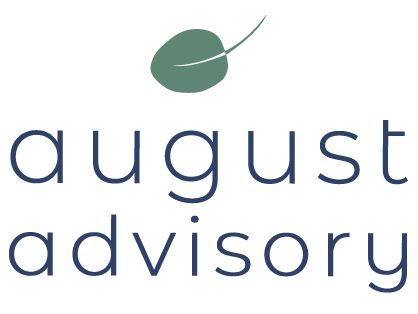Framing your Decisions
I was listening to a great conversation with Melina Moleskis, PhD MBA on Human Risk podcast about decision making. Melina used the analogy of taking a photo, and using what is in frame to help with your decision. It inspired this post, thank you Christian Hunt and Melina for sharing your experiences, so now I can share mine.
📸 The Wide-Angle Approach to Risk Assessments:
Just as a photographer chooses a lens to capture an image, business leaders select the scope and focus of their risk assessments. Imagine you are using a standard lens to take a picture. Your frame captures only what's directly in front of you, possibly missing critical elements lurking just out of sight.
↘ Maybe early on in your career, or when you have a specific task, this 'standard lens' approach might be all you need.
Now consider switching to a wide-angle lens. Suddenly, the edges of your frame extend, and you see more of the environment. This is akin to broadening the context of your risk assessment. By expanding our perspective, we capture more variables and potential impacts, enhancing our understanding and preparation.
↘ As you build up your experience of successes and failures, or take on more responsibility, you are probably using the 'wide angle lens' more often and think it to be perfectly fine.
But why do sometimes we miss something, or those around us do not agree with the assessment outcome? What might we be missing?
🌀 Here's a crucial twist, and one that Melina and Christian talk to in their pod.
The viewer of the photograph (or the risk assessment) brings their own experiences and biases. Two people might interpret the same scene differently based on what they've previously seen or experienced.
↘ And from the perspective of a risk practitioner who is trying to support a business to meet their strategic objectives, if we do not think of the viewer, we may not be able to meet our business' need.
So, how do we ensure our risk assessments are not only comprehensive but also able to be interpreted and therefore used to make decisions to support our business objectives?
Here are some tips:
🖼 Expand Your Frame:
More data or stakeholders might help
🔎 Clarify Your Focus:
While a wide-angle view is beneficial, clarity on what is critical is essential. Cut out the noise.
👓 Educate Your Viewers:
Build a common understanding about what they're seeing and why it matters.
By considering these elements, we can enhance the quality of our risk assessments and the decisions they support. Remember, a well-framed risk assessment not only captures more of the landscape but also enhances our ability to navigate through uncertainty.
August Advisory


